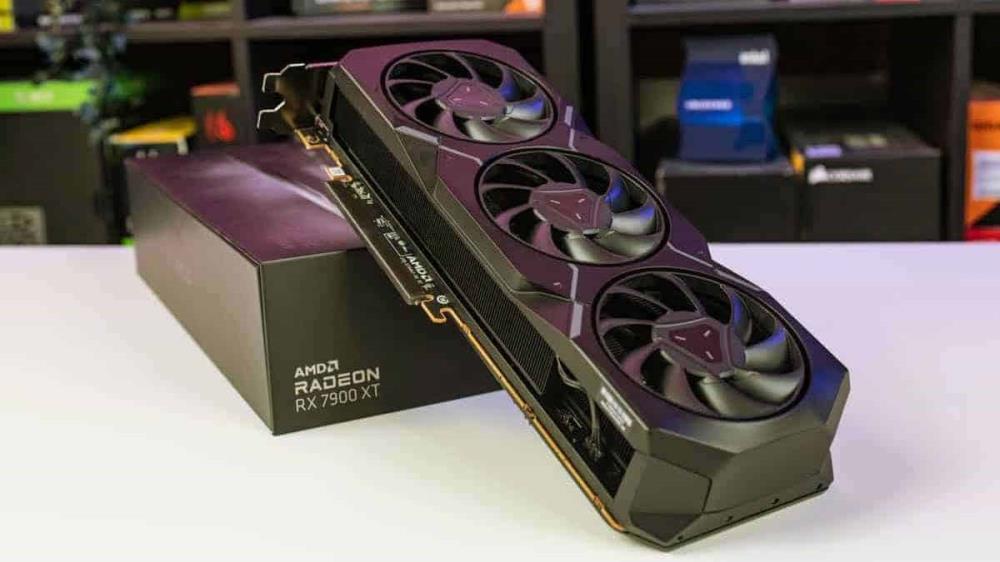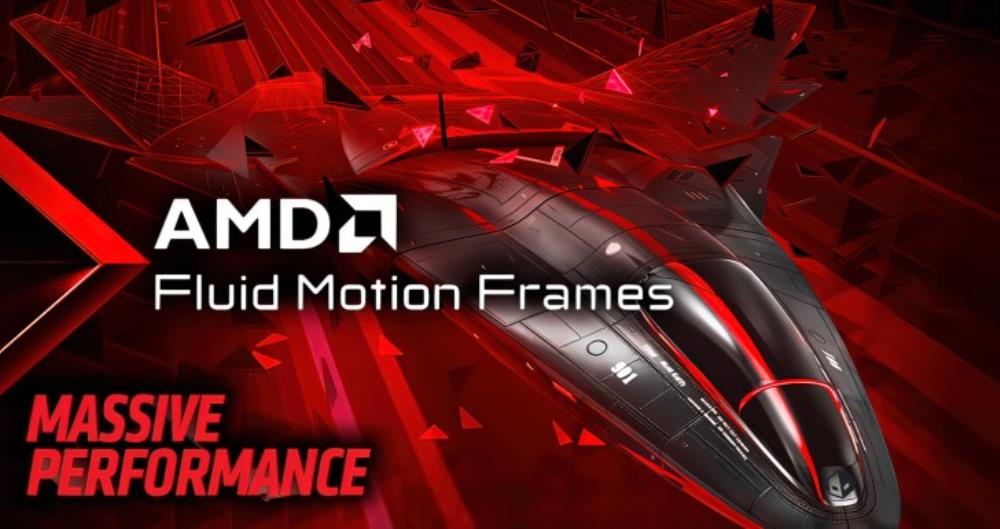
Forbes - It has been two weeks since E3, the world’s largest gaming show, and the final pieces of the game console puzzle are starting to come into place. The public knows what the XBOX One and the PlayStation 4 look like, what they will run, what they won’t, digital rights management and their price. Ironically, I have yet to read or hear exactly why Microsoft and Sony chose AMD silicon to power their new consoles and my goal here is to simply lay it out.

Last September, we unleashed AMD FidelityFX™ Super Resolution 3 (FSR 3)1 on the gaming world, delivering massive FPS improvements in supported games.
So to put 2 and 2 together... FSR 3.1 is releasing later this year and the launch game to support it is Rachet and Clank: Rift Apart. In Sony's DevNet documentation it shows Rachet and Clank: Rift Apart as the example for PSSR. PS5 Pro also launches later this year... but there is something else coming too: AMD RDNA 4 Cards (The very same technology thats in the Pro). So, PSSR is either FSR 3.1 or its a direct collaboration with AMD for that builds on FSR 3.1. Somehow they are related. I think PSSR is FSR 3.1 with the bonus of AI... now lets see if RDNA 4 cards also include an AI block.
More details:
FSR 3.1 fixes Frame Generation
If you have a 30 series RTX card you can now use DLSS3 with FSR Frame Generation (No 40 Series required!)
Its Available on all Cards (we assume it will come to console)
Fixes Temporal stability
I wonder how much they fixed the ghosting in dark areas as Nvidia are leaving them in the dust with image quality. Still good that they are improving in big leaps, I'll have to see when the RTX5000 series is released who I go with... at the moment the RTX5000's are sounding like monsters.

Now that the RTX 4070 Super has launched, AMD have chopped the price of the RX 7900 XT to new lows.

AMD has expanded its Fluid Motion Frames (AFMF) tech to Radeon 700M iGPUs which play a major role in laptops, handhelds & desktops.
The ideal FPS would be for Steam Deck 45fps which is boosted to match the 90hz screen. However, today's new games are not on that level even on the OLED version, so the successor to Phoenix Point needs to come out fast. The 2nd Gen Steam Deck needs a VRR screen as well to make this doable. 2025 should be the year for such a device.
Interesting read. the SOC design was a huge factor. Nvidia was never an option since they refuse to scale their pricing with production costs over time. Nvidia and their pricing pretty much sent the original Xbox to an early grave.
because it was the cheapest option? AMD always offer better performance for the money than Nvidia but Intel CPUs utterly destroy AMD's CPUs.
I didn't think there were reasons other than AMD submitted a lower bid
Lower cost. I'm ready for PS4 like never before! ^~^
Price/Performance and manufacturing.
Larrabee was considered-too hot/large for performance
Powervr 6 didn't hit performance target
Nvidia was too conservative with licensing fees.
Cell 2 wasn't getting shrunk and was off the roadmap.
Pretty simple choice actually